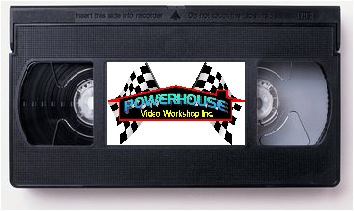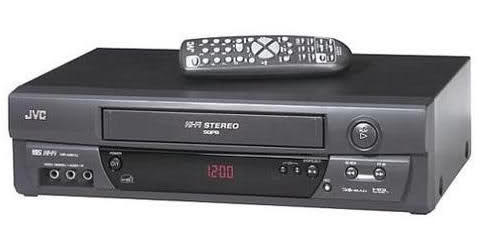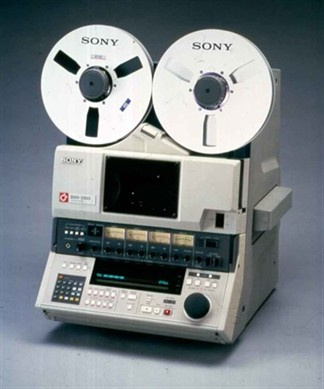|




|
Videotape was a wonderful thing, but like all things it has aged. The binders that hold oxide particles to the tape are beginning to melt, and those valuable taped programs and memories will be lost eventually.
By migrating the information to digital formats, you can save those programs for the future.
You can choose to go to DVD disks playable on home players, or you can have them transferred to a computer file format like MP4, or WMV. These computer formats are long lasting, and easy to access for later editing or copying.
By using a USB "Thumb Drive" to store video files, it is easy to move them to any computer, or even play directly by plugging into many TVs with a USB slot.
|
CONSUMER VIDEOTAPE FORMATS
VHS, VHS-C, 8mm, Digital 8, Betamax, Hi-8, MiniDV, Super VHS
INDUSTRIAL AND BROADCAST VIDEOTAPE FORMATS
3/4" U-Matic Betacam, SP, SX D-3 videotape DigiBeta ED Beta MII Panasonic SuperBeta 1 inch "C" and more.
|
|